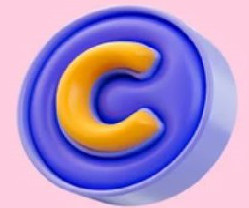Prince, Prince, Prints: Will the Supreme Court Revisit Fair Use?
LexBlog IP
FEBRUARY 28, 2022
13] Instead, the Second Circuit held that the differences between the works are more akin to the differences between a novel and an adaptation of that novel—“a paradigmatic example” of a derivative work that would require a license. [14]. It found that all four fair use factors weighed against fair use. [12]










Let's personalize your content